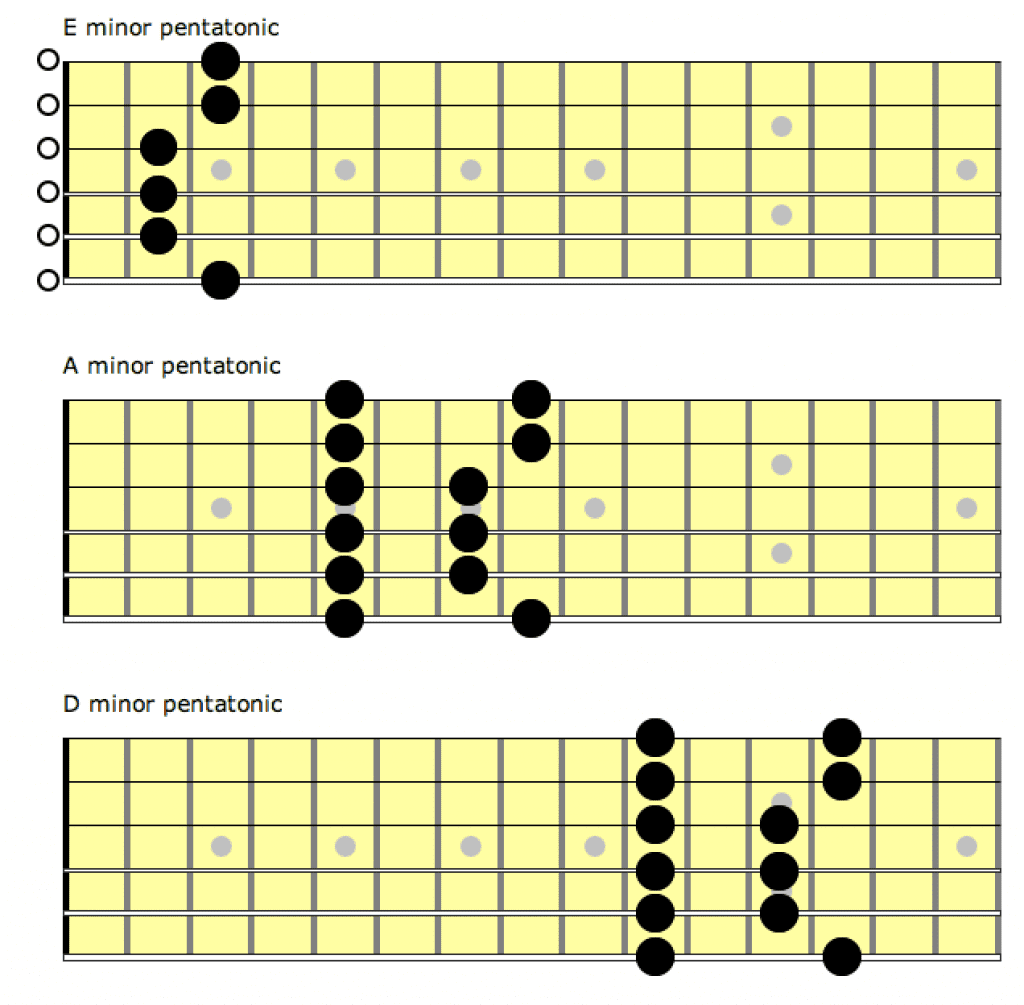How to Think About Guitar Scales
Improvising on guitar is really run, and is something that anyone can get the hang of. One vital element is how you think about the scale you use, and today, we will discuss exactly what that means
The guitar is a strange instrument, shrouded in myth and legacy. A lot of players think that some things on the guitar can’t be taught, or, are a god given ability. This comes up most often with creative ideas, like song writing and improvising.
I think that anyone who wants to learn to improvise on guitar, can. You just have to learn the right things to enable you to do it.
Any and every human ability and skill can be broken down into components that can be taught and trained.
So, I thought I would write a series of posts on how you can get started improvising on the guitar.
I figured a good place to start would be to look at common reasons why some people struggle to improvise, and to look at solutions for those problems.
So why do you struggle to improvise on the guitar?
You struggle to improvise because you’re conceptually limited
Woah – that sounds a bit assertive! I don’t mean this in a negative way. It’s not your fault.
When people teach scales, it is typically done through a tab. For example, the E minor pentatonic scale is usually taught by giving a tab like this:

Which is cool.
You are shown all the frets you need.
However, if this is how you think about the scale… will you be able to improvise?
Probably not.
Let me expand on this.
When we see a tab, we see a series of notes, in a specific order, in a specific place on the guitar neck. When we learn a scale this way, often, without realising it, we think about the scale as these notes, in this specific order.
When you are improvising phrases, or writing solos, you are mixing the notes up in all sorts of orders. If our brain is, inadvertently, conceptually limited to thinking about the notes in a scale in a specific order… then using the scale in a different order will be difficult.
There are other limitations to learning a scale this way. Changing key is difficult. Often, the student sees different keys, as completely different scales.
Comparing Neck Diagrams and Guitar Tabs
Observe tabs for the minor pentatonic scale in three different keys, in tab:



At first glance, it looks like we have 3 different scales.
Sometimes a student can learn the different keys for this scale without making the connection that these scales all use the same shape.
Scales on the guitar is all about patterns and shapes.
Let’s look at these three scales using a neck diagram, rather than a tab:

We can now see the pattern very, very clearly. When we have the pattern, we can change key, create exercises, and improvise much, much easier than when we are working from a tab.
Now I’m sure you know someone, or maybe you are someone, that learned from tab and can improvise great on guitar. What you did in your mind, was to relate the tab to a neck diagram, or at least, a neck diagram way of thinking.
So what is the first step to being able to being able to improvise on guitar? Start writing your scales out as neck diagrams in addition to tabs.
I’m not saying that tabs have no use or are inferior to neck diagrams, what I am saying is, if you want to able to improvise, you have to be able to see the shape of the scale in your mind, and that is much easier to do with a neck diagram, than it is with a tab.
Tabs are great for showing specific examples and ideas, but, you want to be able to relate the tab back to the neck diagram, in your mind.
This is one of the keys to being able to improvise effectively on guitar.
Now that you know how to improvise on guitar, grab some scale tabs you have been using (try these neoclassical scales, start turning them into neck diagrams, and get improvising!